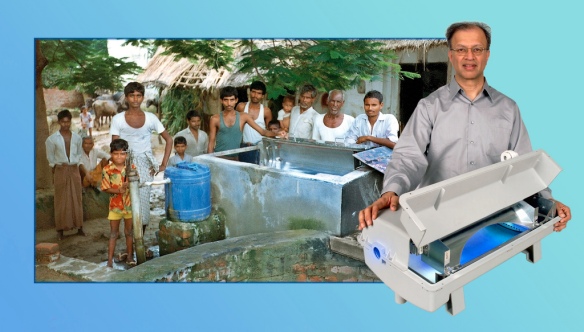Fracking is the process of hydraulically injecting a mixture of fluids into naturally forming veins or dikes in rock in order to release petroleum, natural gas, or coal seam gas. The mixture injected is typically a slurry of water, proppants (including silica sand, resin-coated sand, and man-made ceramics), and chemical additives. Additionally, gels, foams, and compressed gases, including nitrogen, carbon dioxide and air can be injected. Further, sometimes sand containing naturally radioactive materials are used to measure the fracture trace. There are also other chemicals that are used at times during the process in order to reduce the viscosity of the fluid so that the gas can flow to the surface more freely. Needless to say, they pump a lot of chemicals into the ground. Once all of these chemicals are injected into the ground and the petroleum, gas, etc is collected the well is flushed with water (sometimes mixed with even more chemicals).
There are a number of issues with the practice of fracking. One is that 1-8 million gallons of water are used to frack a well, and a well can be fracked several times. Some of that water is recovered (sometimes), but whatever water (and chemicals) are not recovered stay in the ground and can work its way into the groundwater. Is that a bad thing? Yes, but organizations like the EPA have had a lot of difficulty proving this because of pressure from the government and industry which has led to negative findings being removed from reports.
Continue reading →

